When it comes to maintaining semi-trailers, the importance of selecting the correct lug nut size cannot be overstated. Lug nuts hold the wheels securely in place, ensuring safe operation on the highway. In this guide, we will delve into the nuances of semi-trailer lug nuts, examining their sizes, types, and best practices for maintenance.
Why Lug Nut Size Matters
Lug nut size has significant implications for safety and performance. Using the incorrect size can damage both the wheel and the hub, leading to premature wear, potential wheel detachment, and hazardous driving conditions. Moreover, properly sized lug nuts contribute to even weight distribution across the wheels, enhancing stability and handling.
Functionality of Lug Nuts in Semi-Trailers
- Load Bearing: They are pivotal in bearing the load of the trailer.
- Safety Mechanism: A secure fit prevents wheel detachment due to vibrations and movements.
- Alignment: Ensures the wheel hub is correctly aligned.
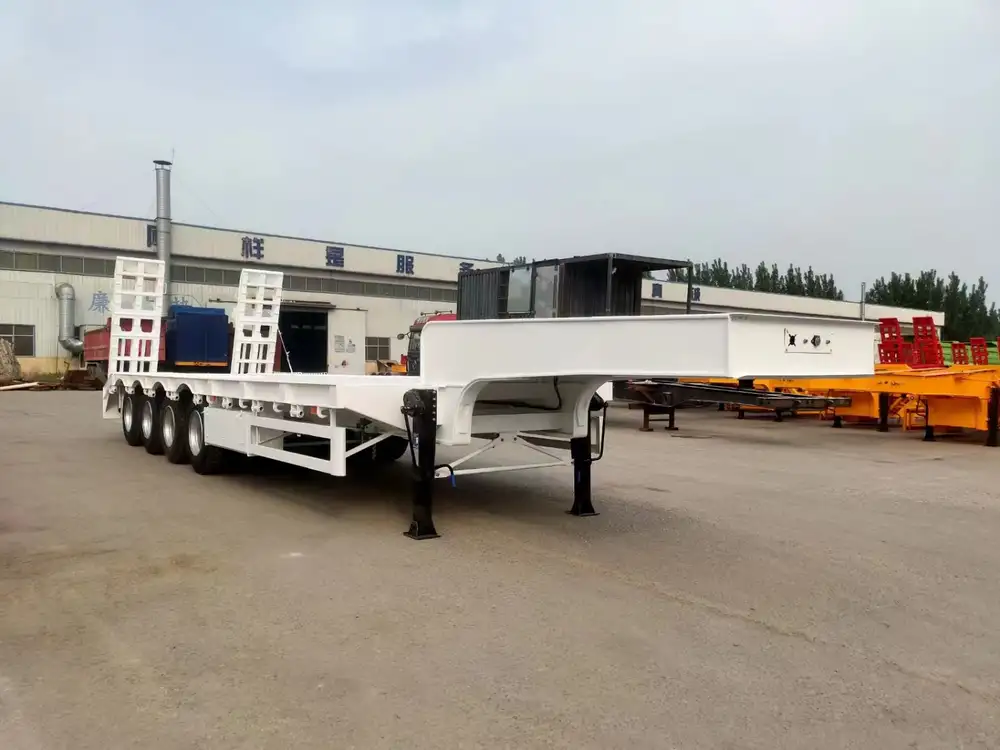
Common Sizes of Semi-Trailer Lug Nuts
Lug nuts for semi-trailers typically fall into specific standard sizes and specifications. The most common sizes include:
| Lug Nut Type | Thread Size | Hex Size (inches) | Typical Application |
|---|---|---|---|
| Standard | 1/2″-20 | 3/4″ | Light-duty trailers |
| Heavy-Duty | 9/16″-18 | 7/8″ | Medium-duty trailers |
| Dual Wheel | 5/8″-18 | 1″ | Heavy-duty trailers |
How to Measure Lug Nut Size
- Thread Size: This refers to the diameter and pitch of the threads. Use a caliper for accurate measurement.
- Hex Size: This is the size of the nut’s hex head required for a socket. Measure with the appropriate socket set.
- Overall Length: Measure from the top of the nut to the bottom. This is critical for clearance, particularly with longer wheel studs.
Types of Lug Nuts Used in Semi-Trailers
Understanding the different types of lug nuts can help manufacturers and transport managers select the best option for their needs.
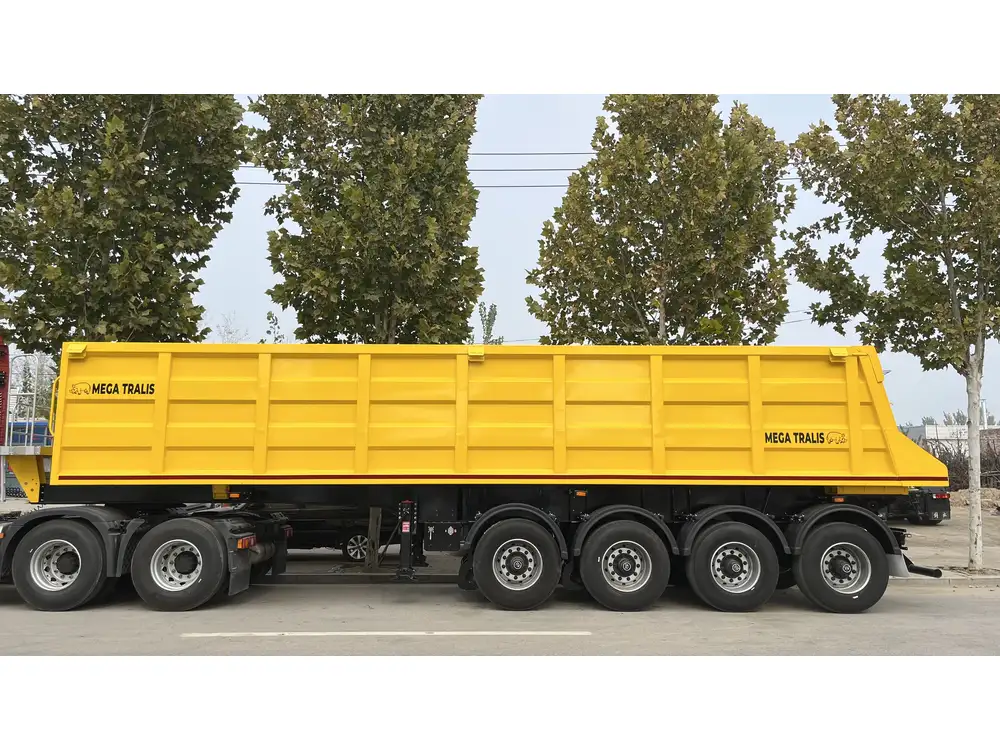
1. Conical Seat Lug Nuts
- Description: These have a cone-shaped seat that fits snugly against the wheel.
- Applications: Commonly used in heavy-duty trailers.
- Advantages: Provides a tighter grip, allowing for better torque distribution.
2. Ball Seat Lug Nuts
- Description: Rounded seat for a spherical fit.
- Advantages: Allows a certain degree of movement and helps in maintaining alignment.
- Typical Usage: Often seen in older semi-trailer models.
3. Flat Seat Lug Nuts
- Description: These feature a flat bottom.
- Applications: Primarily used with steel wheels.
- Pros: Straightforward installation and removal, but may not provide as secure a fit as conical nuts.
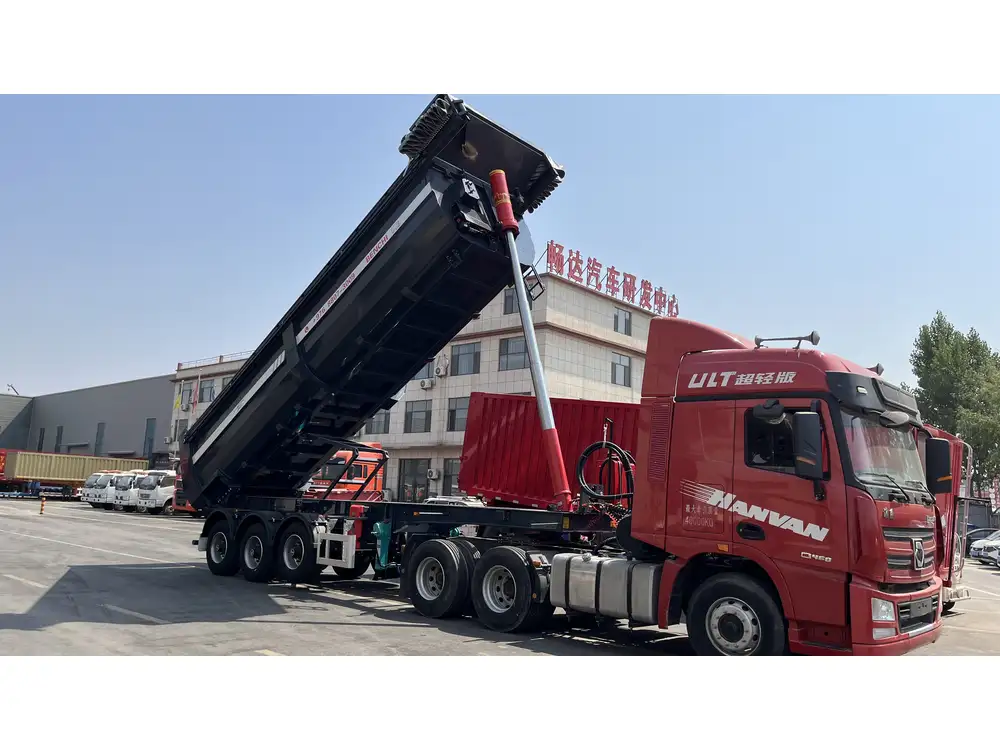
4. Swivel Lug Nuts
- Description: Designed to allow for a minor degree of movement during installation.
- Advantages: Facilitates easier alignment without damaging components.
Impact of Wheel Type on Lug Nut Size
Different wheel types may necessitate varying lug nut sizes and types. For instance:
| Wheel Type | Common Lug Nut Sizes | Notes |
|---|---|---|
| Steel Wheels | 1″ to 1-3/8″ | Requires robust lug nuts due to weight. |
| Aluminum Wheels | 5/8″-18 | Lighter but requires precise fitting. |
| Dual Wheels | 9/16″-18 | Must ensure weight is evenly distributed. |
Maintenance Tips for Semi-Trailer Lug Nuts
Proper maintenance of lug nuts is essential to prevent failures on the road. The following practices are recommended:

Regular Inspections
- Frequency: Conduct a thorough inspection of lug nuts every 6,000 miles or before long trips.
- Signs of Wear: Look for rust, deformation, or stripping of threads.
Torque Checks
- Importance: The correct torque is vital; over-tightening can cause damage, while under-tightening may lead to loosening.
Recommended Torque Settings:
Lug Nut Size Recommended Torque (lb-ft) 1/2″-20 75-85 9/16″-18 110-120 5/8″-18 130-150
Storage Considerations
- Proper Storage: Store lug nuts in a dry atmosphere to prevent corrosion.
- Avoid Mixing Old with New: Always replace lug nuts in sets to ensure even wear.
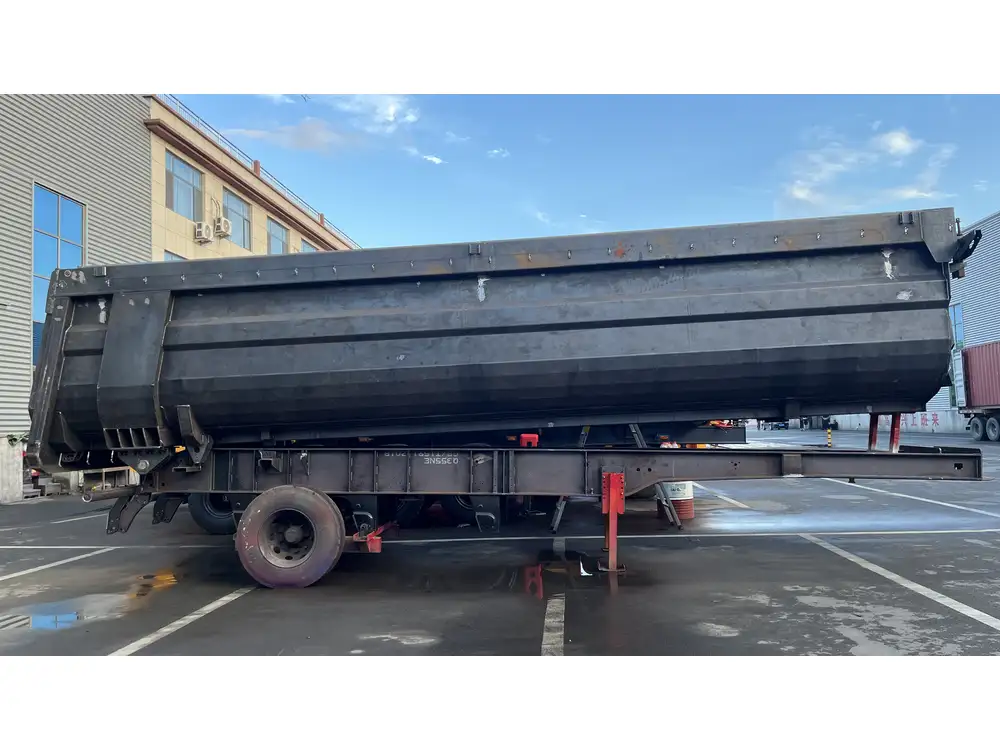
Tools for the Job
- Torque Wrench: Essential for measuring the correct torque.
- Lug Nut Multitool: Helpful for multiple types in case of mixed applications.
Potential User Queries and Informative Answers
What Happens if I Use the Wrong Lug Nut Size?
Using the wrong lug nut can lead to improper fitment, increased strain on the wheel studs, and an eventual risk of failure. This may also void any warranties on wheels and suspensions.

Can I Use a Different Brand of Lug Nuts?
Yes, as long as the size and type specifications match those of your trailer requirements. However, consistency in brand can sometimes offer better reliability due to material science variations.
Converting Prospective Users
Investing in high-quality lug nuts tailored to your semi-trailer needs not only ensures safer operations but also extends the lifespan of your components. Addressing user needs and likely questions is a critical step in the market conversion process. Highlighting quality manufacturers and the importance of following recommended specifications can help guide your audience towards making informed decisions.
Reasons to Choose Quality Lug Nuts:
- Enhanced Safety: Prevents accidents due to wheel detachment.
- Cost Efficiency: Reduces the likelihood of repeated replacements and repairs.
- Performance Optimization: Ensures the semi-trailer operates within design specifications, enhancing overall efficiency.
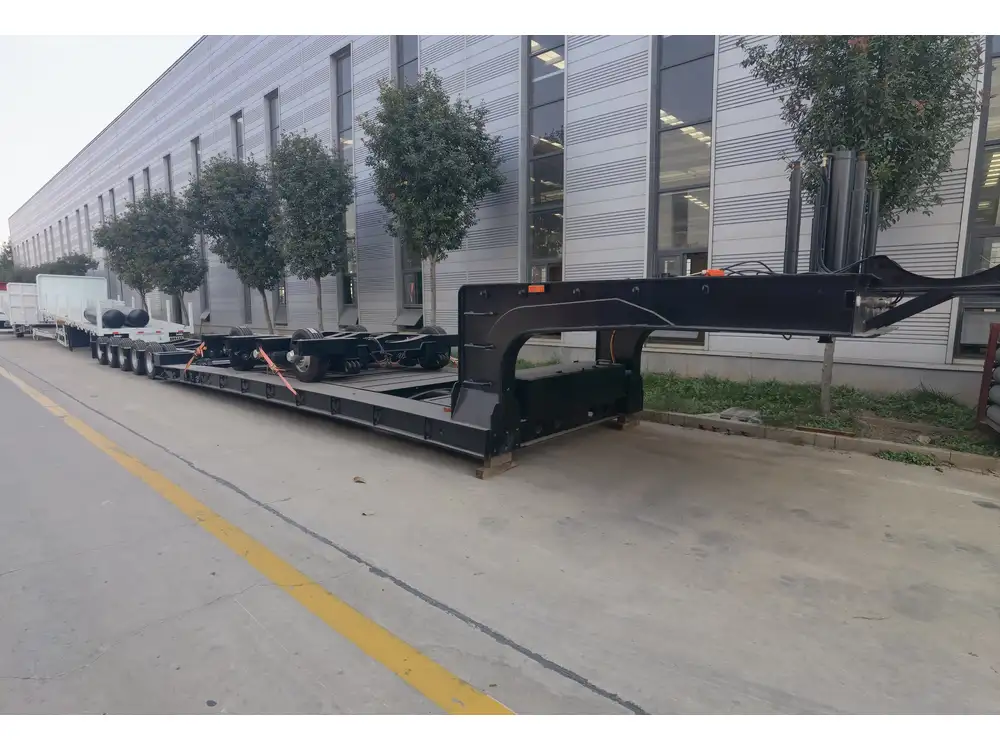
Conclusion
In the world of semi-trailers, lug nuts may seem like a small component, but their importance cannot be emphasized enough. Selecting the correct size, type, and maintaining them appropriately is vital for safety, performance, and overall operational efficacy. Armed with this knowledge, fleet managers and operators can make informed decisions that bolster the reliability of their trailers on the road. Invest in quality lug nuts, and ensure that every journey is a safe one.



